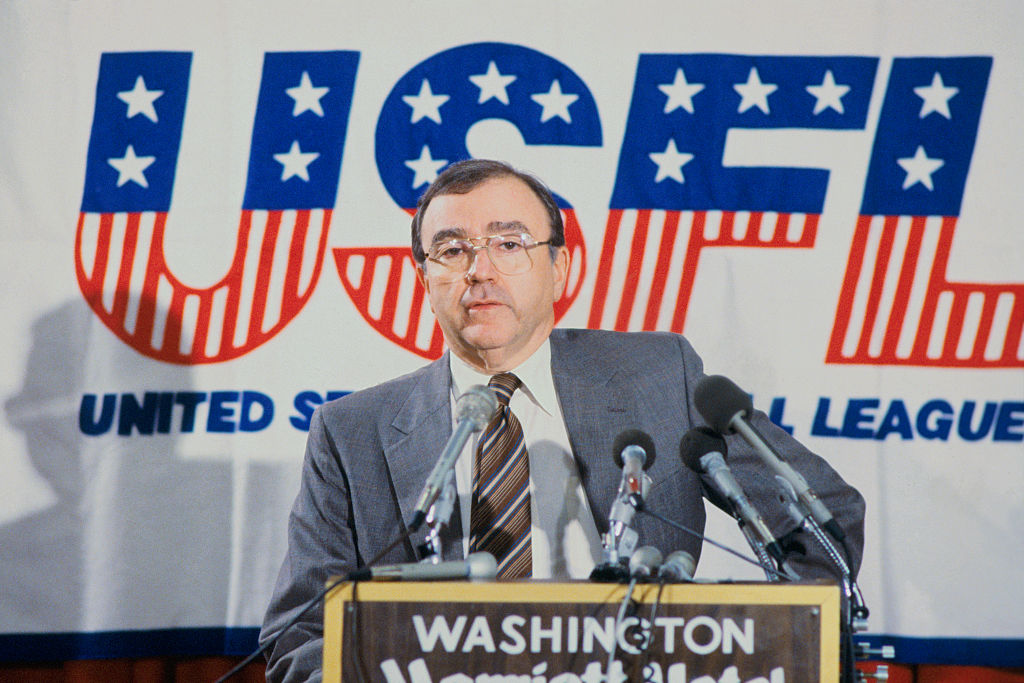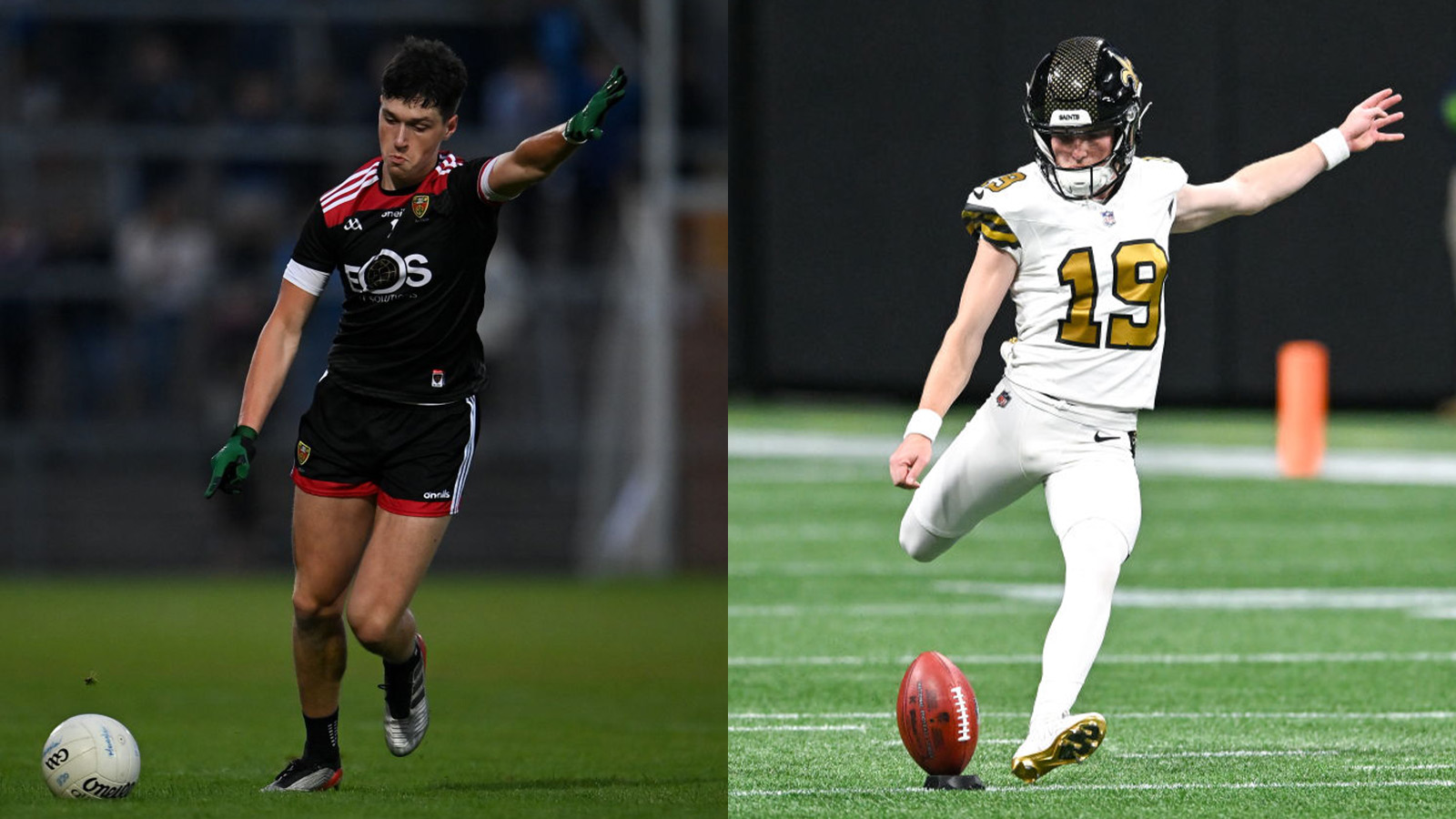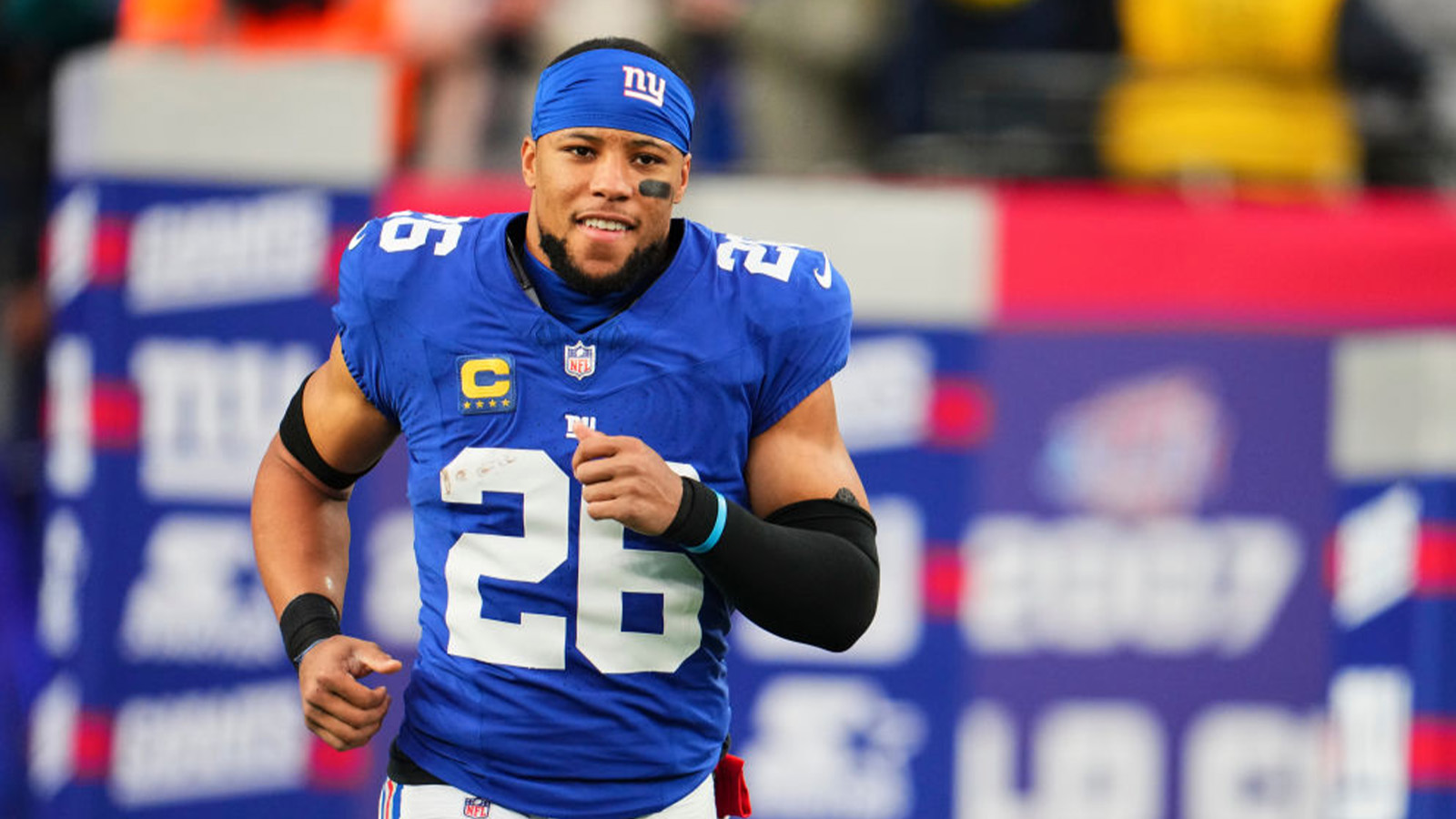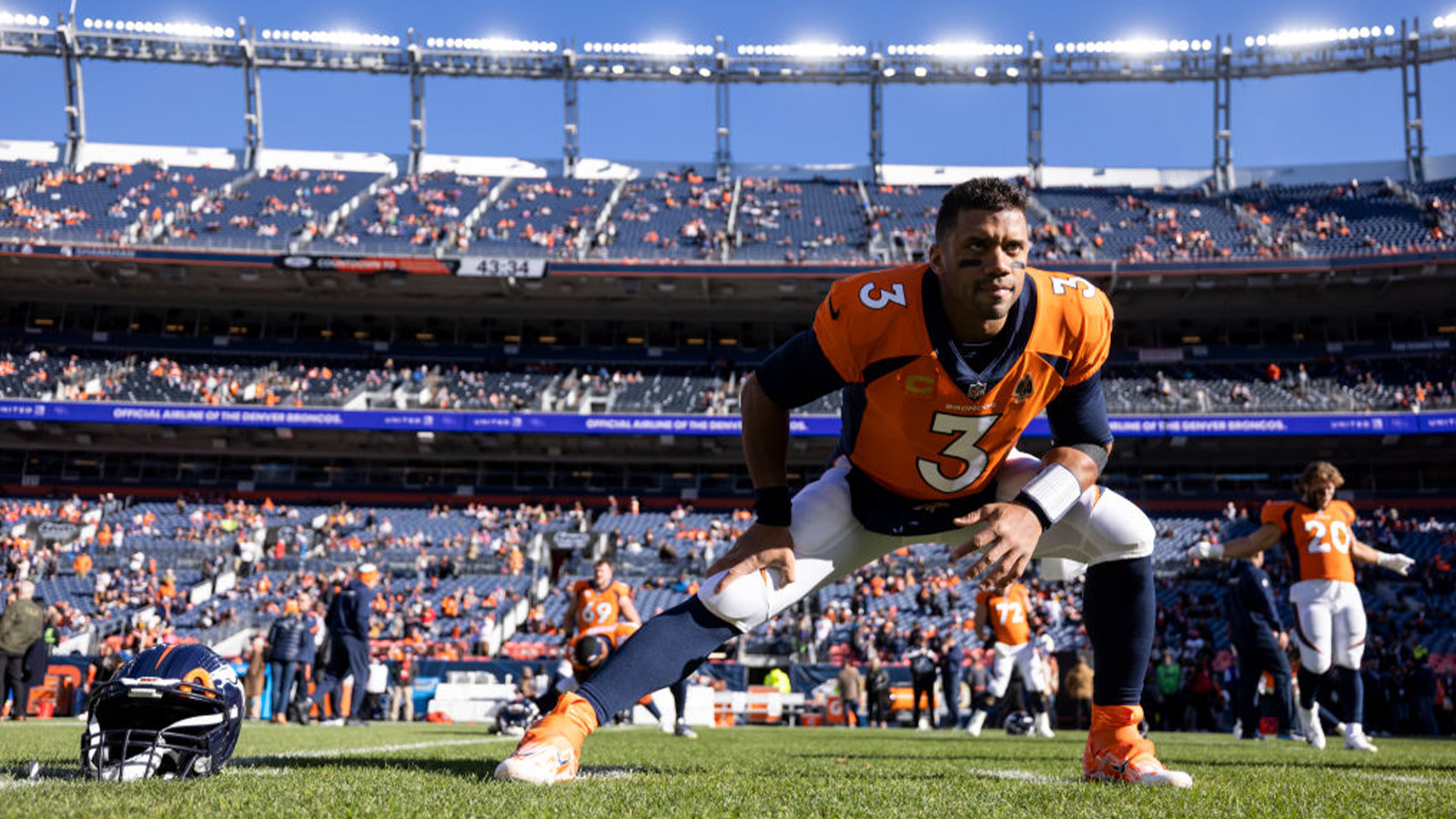
The NFL Has Beaten Back Every Challenger on a Long List
Although the XFL has suspended its 2020 season because of the coronavirus pandemic, the league is considered stable and does not appear to be in imminent danger of folding for the second time in two decades.
It’s unknown whether the XFL will ever attract anything near the attention that the NFL garners. On the other hand, merely hanging in there until 2023 would make the XFL a success compared to how most challengers have fared since the day the NFL and AFL announced their merger in June 1966.
Beginning with one league that was already in existence, eight U.S. outdoor leagues have gone out of business since the NFL and AFL agreed to unite.
There have been two major challengers to the modern NFL
It’s only natural that other businessmen would look at the National Football League and want to make at run at forming a league. Earning even a fraction of what the more established league pulls in might be enough to pay the bills and turn a profit. There have been two significant attempts to muscle in since the merger between the NFL and AFL was finalized.
The World Football League launched in 1974 but didn’t make it to the end of its second season. The WFL was aggressive from the start, raiding the NFL for players including running backs Larry Csonka and Jim Kiick plus receiver Paul Warfield from the Super Bowl-champion Miami Dolphins.
The WFL boldly placed one of its franchises far off the U.S. mainland in Hawaii. The quick collapse of the league was at least a mild surprise given that key organizer Gary Davidson had a degree of success with the American Basketball Association and World Hockey Association, which muscled some of their franchises into the NBA and NHL.
Not quite a decade later, the United States Football League made its run at the NFL as a spring league from 1983-85. The league snapped up Heisman Trophy winner Hershel Walker, Doug Flutie, and future NFL star quarterbacks Steve Young and Jim Kelly.
The USFL’s undoing proved to be a decision made with prodding from New Jersey Generals owner Donald Trump to try moving to a fall schedule in 1986. Frustrated by logistical issues such as stadium availability and the reluctance of TV networks to hop onboard, the USFL filed an antitrust suit against the NFL.
The USFL owners won in court but the league was awarded only a token $1 in damages, which was tripled to $3 under antitrust laws.
The UFL and XFL rate special mentions
The Continental Football League was up and running before the NFL-AFL merger was announced in 1966 and lasted until 1969. It rates kudos because future San Francisco 49ers legend Bill Walsh coached there and Ken Stabler, Otis Sistrunk, and Bob Kuechenberg were among the players getting their starts there.
The only other league with as much post-merger staying power was the United Football League from 2009 through early in its 2012 season. The UFL never had more than five teams active at any time but it did count Jerry Glanville among its coaches and was considered feasible enough by NBA owner Mark Cuban for him to lend the league $5 million.
The UFL had one intriguing “what if” moment. As a fall league, it nearly benefitted from a lockout of NFL players during a 2011 contract negotiation. Had the NFL owners and players not reached a settlement, the UFL would have been in a position to attract more attention and perhaps TV money that could have been a long-term boost.
Other leagues came and went almost instantly
The revival of the XFL in 2020 reminded fans of Vince McMahon’s failed attempt to gain a foothold in 2001. But that operation at least made it through a full season, which was more than the Alliance of American Football could boast in 2019.
The Professional Spring Football League never made it out of training camp in 1992, ceasing operations 10 days before its scheduled openers, and the Fall Experimental Football League fell apart late in its second season in 2015.



